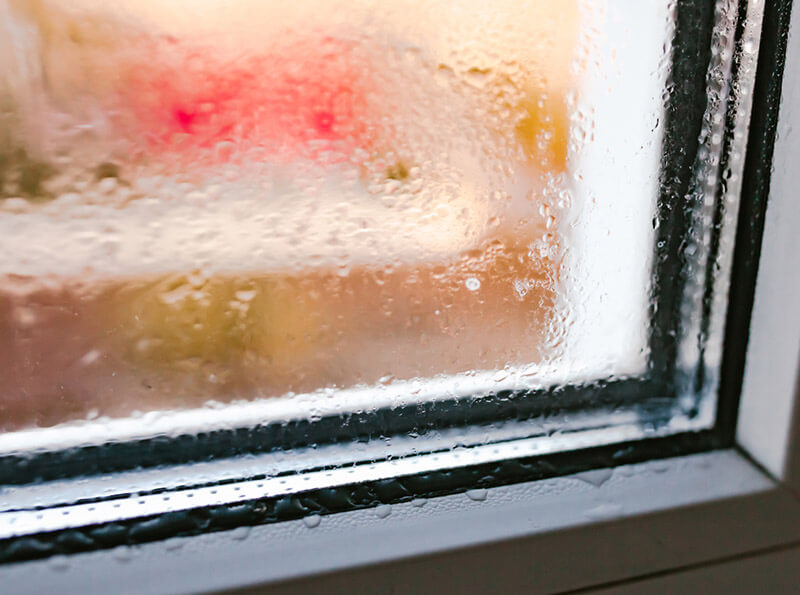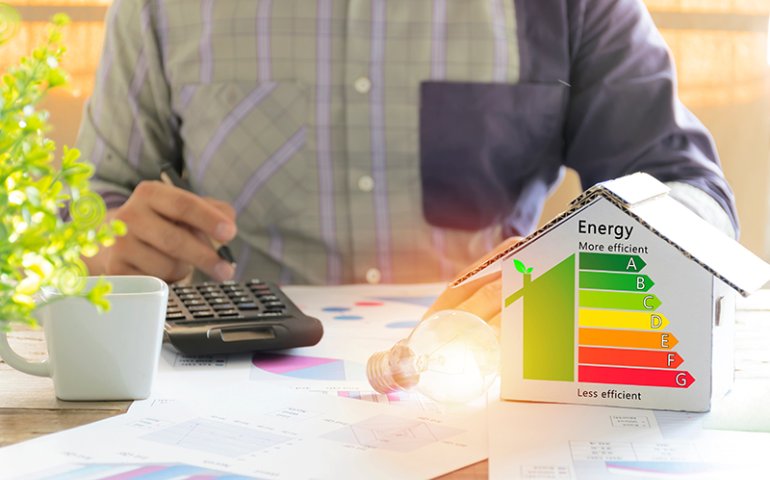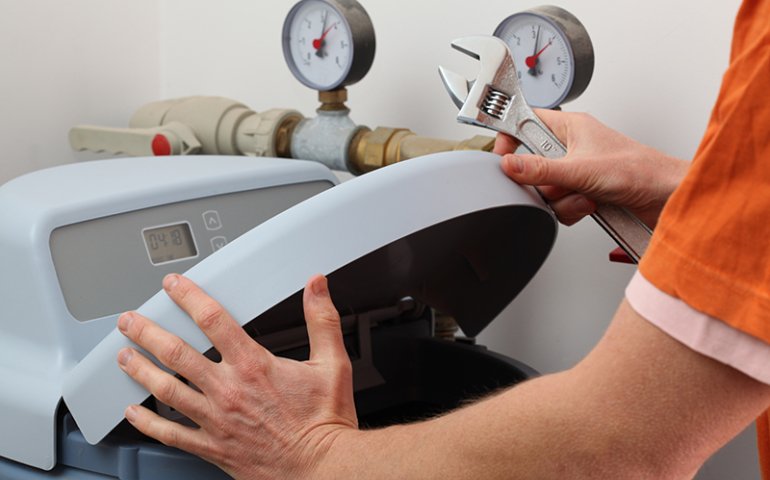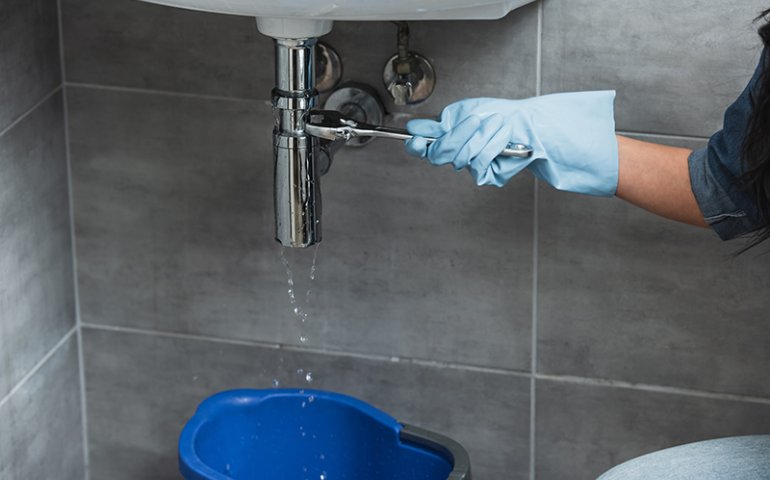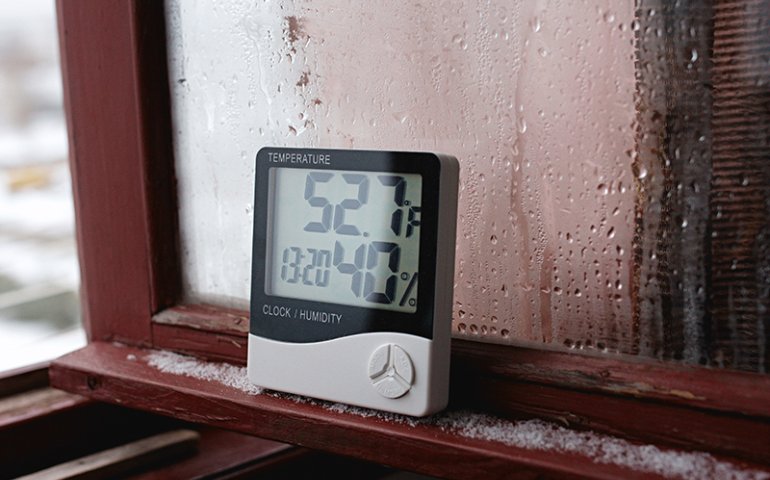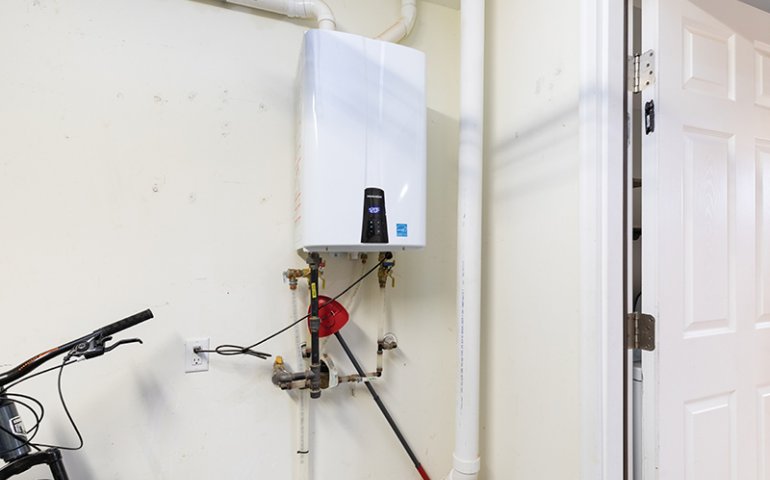Why Too Much or Too Little Humidity is Bad for Your Home
Is the humidity in your home best for you, your family, your pets and your home? If you’re like most homeowners, you don’t think about humidity unless it’s hot and humid outside. Unfortunately, humidity levels that are too high or too low in your home can make you feel sick. It can even damage your wood furniture, floors, and drywall. An HVAC professional can find the best ways to control your humidity. They can also help to install the equipment.
High Humidity Level in Your Home
If the relative humidity inside your home is above 50 percent, it is too high. At these levels, you may notice moisture on your windows and walls. You will tend to see these in kitchens, bathrooms and basements. When humidity levels are high, you may feel hot and sticky even when your air conditioner is running. Your cloth furniture and carpets may also feel damp. If high indoor humidity levels aren’t controlled, you could end up with mold and mildew growth. This can happen in your carpets, furnishings, your drywall, and even behind your walls.
Low Humidity Levels in Your Home
Low humidity levels include anything below 30 percent. While this is most common in the winter, it could happen in the summer. This occurs if your air conditioner cycles too often or runs for too long. Your family members may experience dry mucous membranes. Your indoor air will feel colder than the thermostat setting. Low humidity levels also contribute to indoor bacteria and virus growth. This can result in an increased frequency of illness.
Low humidity levels won’t cause mold or mildew. But, they can damage your home. This results in cracked or split wood floors, wood moldings, and wooden chairs and tables. You may also notice your wallpaper separating and curl around the corners and edges. The good news is that increasing your home’s humidity levels can stop this damage.
How to Control Humidity Levels in Your Home
You can control home humidity levels with humidifiers and dehumidifiers. These can be separate systems that are not connected to your HVAC system. You can also add them as an extra feature of your heating and cooling system. Once an HVAC professional installs them, your home’s humidity will stay between 30% and 50%. All you have to do is clean the drain pans and change the filters, if not included in your HVAC maintenance plan.
To learn more about your home’s humidity and how to control it, give us a call today at (508) 593-9436. Our HVAC professionals can help you with the humidity in your home. We want you and your family to stay comfortable all year round. We look forward to hearing from you.

